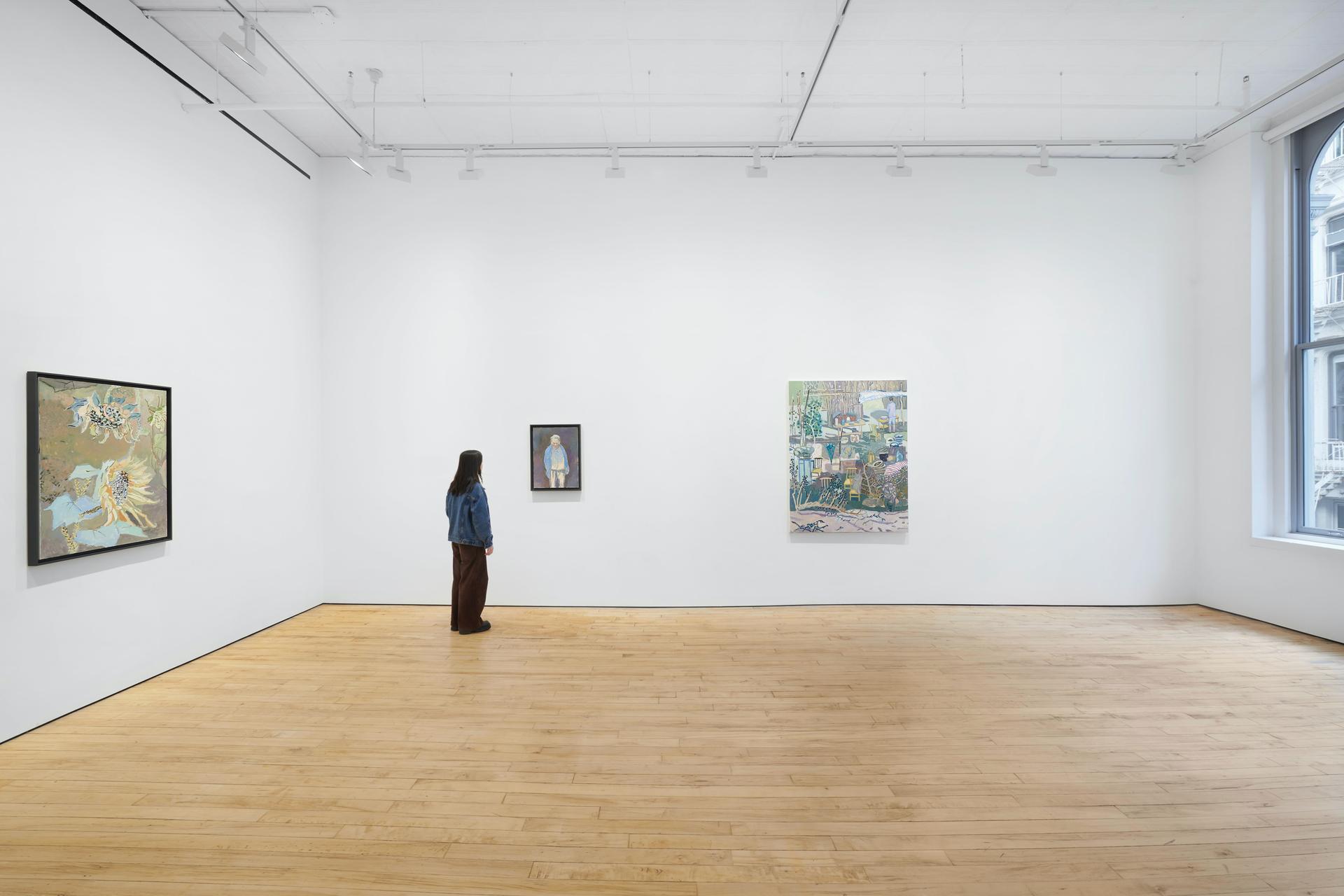Artist Yun-Fei Ji grew up during China’s Cultural Revolution. He ponders art as ‘global citizenship.’
Yun-Fei Ji’s art story began as a child, at 11, when his mother allowed him to study with an officer who served in the People’s Liberation Army in China.
“I grew up partially in this army base, and there was an army officer there putting together this hand-to-hand combat manual. He told me to draw figures and still life[s]. And that’s how I started,” Ji said.

Ji, 60, a self-described global artist based in New York, was raised during the Cultural Revolution in Beijing. The sociopolitical movement began in the 1960s to denounce capitalistic practices integrated into Chinese life and lessen Western influence, including cracking down on the art world.

Eventually, Ji became a student at China’s Central Academy of Fine Arts in Beijing. Though it was said that the academy only taught socialist realism — a politicized practice of art production enforced by the Communist Party at the time — Ji had a different experience at school.
“Actually, there was experimentation … We were encouraged to think for [ourselves],” he said. “I was very interested in contemporary or modern Western art at that time early on, and then, gradually, discovered the work of ancient cave painting, Buddhist painting fountain, along with ink painting.”

Those interests in the wider world, plus the influence of his homeland, naturally carried him to Brooklyn, New York, in 1990, where his art developed further.
Today, Ji infuses Chinese traditional painting methods, such as calligraphy and ink painting on rice and mulberry paper, with contemporary themes that address environmental, social and political issues.
A common theme in some of his more recent work centers on displacement, like his acrylic-on-canvas painting from 2022, titled, “Everything Moved Outside.”

It depicts a figure outside, surrounded by household objects — chairs, blankets and the like — in gestural strokes that suggest movement.
“It’s still a continuation of my exploration of the idea of belonging to a place. The idea of home migration,” Ji said. “These people are, you know, sort of putting their belongings outside to get ready to move.”
Ji’s work is often topical — another acrylic-on-canvas painting, “Migrant Worker’s Tent,” speaks to the ephemerality of home for those who’ve been displaced. Other pieces focus on portraiture (“The Man with Glasses”), the elements (“Early Spring Bloom”) and daily activities (“Sewing/High Noon”).

Ji’s work is exhibited globally as he continues to expand his methods.
“I [have] spent a lot of time thinking about belonging in the world of art as a sort of a global citizenship, you know, idea of resistance, the artist’s role, how to respond adequately to the challenge of our time,” Ji said.

The article you just read is free because dedicated readers and listeners like you chose to support our nonprofit newsroom. Our team works tirelessly to ensure you hear the latest in international, human-centered reporting every weekday. But our work would not be possible without you. We need your help.
Make a gift today to help us raise $67,000 by the end of the year and keep The World going strong. Every gift will get us one step closer to our goal!
